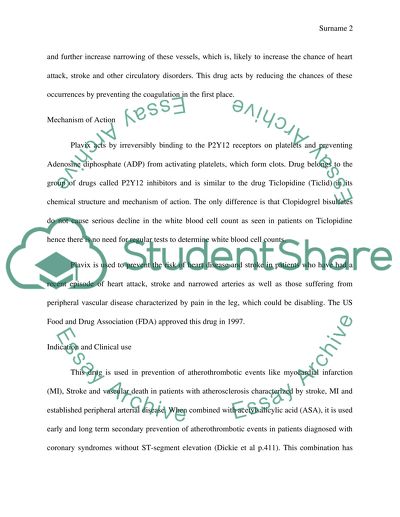Cite this document
(“Clinical study report for plavix Case Example | Topics and Well Written Essays - 3750 words”, n.d.)
Clinical study report for plavix Case Example | Topics and Well Written Essays - 3750 words. Retrieved from https://studentshare.org/health-sciences-medicine/1634864-clinical-study-report-for-plavix
Clinical study report for plavix Case Example | Topics and Well Written Essays - 3750 words. Retrieved from https://studentshare.org/health-sciences-medicine/1634864-clinical-study-report-for-plavix
(Clinical Study Report for Plavix Case Example | Topics and Well Written Essays - 3750 Words)
Clinical Study Report for Plavix Case Example | Topics and Well Written Essays - 3750 Words. https://studentshare.org/health-sciences-medicine/1634864-clinical-study-report-for-plavix.
Clinical Study Report for Plavix Case Example | Topics and Well Written Essays - 3750 Words. https://studentshare.org/health-sciences-medicine/1634864-clinical-study-report-for-plavix.
“Clinical Study Report for Plavix Case Example | Topics and Well Written Essays - 3750 Words”, n.d. https://studentshare.org/health-sciences-medicine/1634864-clinical-study-report-for-plavix.


